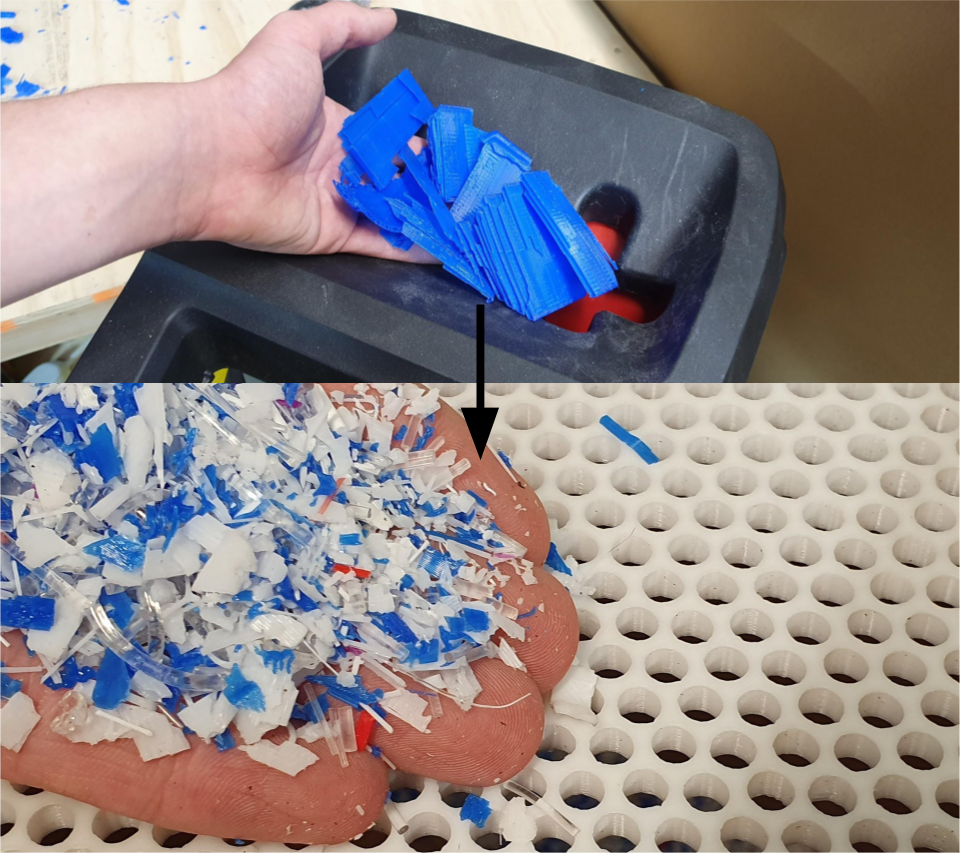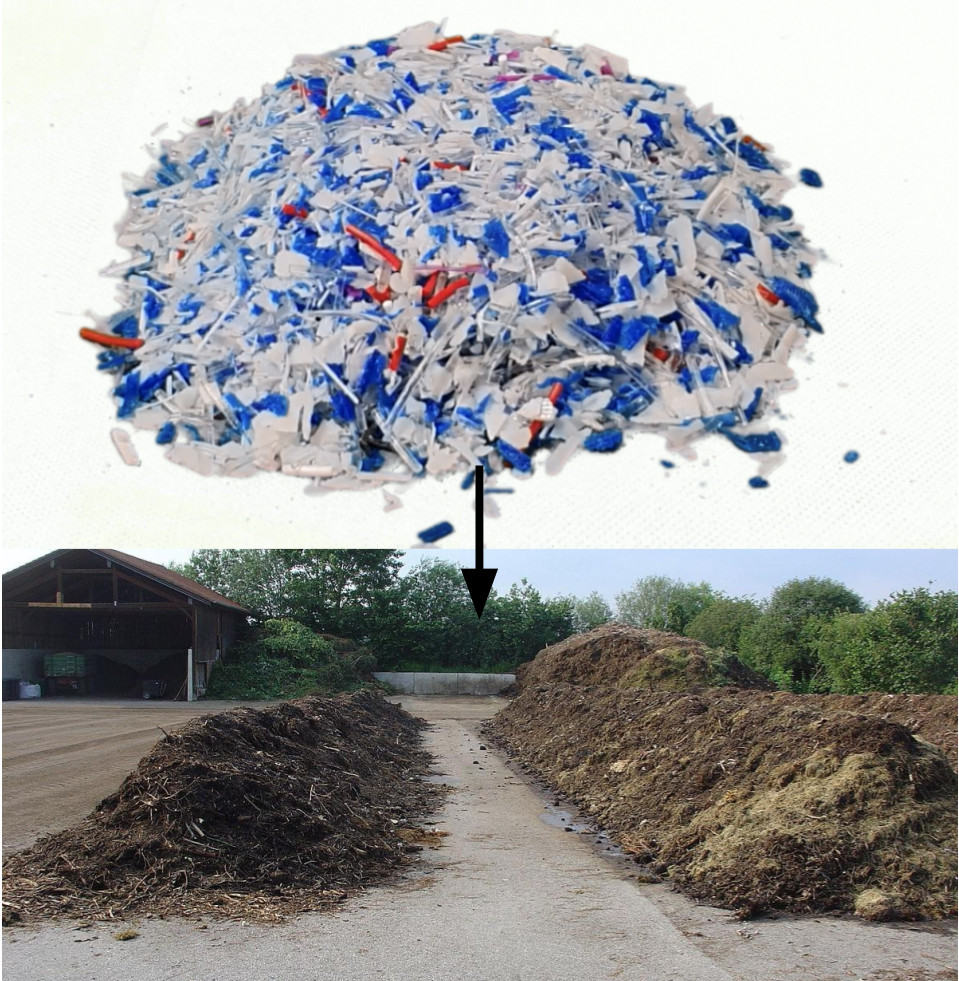As the ongoing need for and conversation about recycling and saving the environment from plastic trash continues, the concern has expanded to the 3D printing industry—and especially since polymers are so often used. While polylactic acid (made from corn starch), and commonly known as PLA, is often touted as a better choice due to its biodegradability, you may have found yourself wondering how often this is a reality.
William Sloth is a junior in high school, but also the President of Project PLA, and one of those entrepreneurs and users who is following through:
“I am very passionate about our environment and I try to make choices each day to be more environmentally conscious,” Sloth told 3DPrint.com. “I think Project PLA is the perfect solution to make the 3D printing industry more environmentally friendly and take full advantage of PLA’s biodegradable potential.”
Sloth dedicated heavy research to composting PLA, as it is so intensely marketed as ‘biodegradable’ and ‘earth-friendly.’ He was surprised to find that despite all the information regarding its environmentally positive features, his local recycling center would not take #7 plastic, which is how PLA is designated. On further research, Sloth found out that most recycling centers do not accept #7, and it is not a material that can just be thrown out with the kitchen scraps into your compost pile at home. His solution was to create a method for breaking down the PLA for others and finding a realistic way to route it for composting.
The result of research, development, and a lot of legwork is that Project PLA acts as a ‘middleman’ for collecting plastic from makers in the US, breaking it down, and then composting it at industrial sites. Sloth explains that all users must do is mail their PLA to his team, and they forward it to the composting facility. If you are interested, check out the Kickstarter campaign, striving for a $10,000 USD goal, with the mission of offering users a way to 3D print with no waste.
“It’s that easy to compost your PLA,” says Sloth, who is also currently investigating methods to recycle other 3D printing waste.
Upon ordering your box to place materials to be recycled in, which could cost anywhere from $29 to $149, you then wait until it is full, affix the included return label, and drop it off at the post office for mailing to Project PLA. They will then grind up the PLA in a shredding machine, run it through a 3D printed 4mm hole filter to achieve a fine consistency, and mail it to the assigned recycling center.
“At these large-scale operations, each stage of composting is closely monitored, including the temperature, aeration, and moisture,” Sloth told 3DPrint.com. “Once the PLA is properly is fully degraded, the compost is then sold by these industrial composting facilities to individuals and businesses.”
Project PLA also takes empty spools for recycling. They can be ‘tossed in with the PLA’ to be shipped, and then sorted and shipped for recycling. They also hope to be recycling ABS and PETG soon.
Encouraging users to recycle 3D printing materials is the goal of many around the world who have created different methods, from bringing the 3D printing cycle full circle to recycling scrap metal and other materials like nylon into printing materials. What do you think of this news? Let us know your thoughts! Join the discussion of this and other 3D printing topics at 3DPrintBoard.com.
[Source / Images: Project PLA]Subscribe to Our Email Newsletter
Stay up-to-date on all the latest news from the 3D printing industry and receive information and offers from third party vendors.
You May Also Like
Industrial Giant Ingersoll Rand Leads $19M Round Backing Inkbit’s AI-Driven 3D Printing
Inkbit, the Massachusetts-based original equipment manufacturer (OEM) of multi-material, AI-integrated 3D printers, has closed a $19 million financing round. Ingersoll Rand, a US giant in the industrial equipment sector, led...
3D Printing Unpeeled: Digital FDM Filament for Functional Gradients
Just published in Nature, a paper by a Seoul National University team looks at “3D printing with a 3D printed digital material filament for programming functional gradients.” Sang-Joon Ahn, Howon...
3D Printing Unpeeled: $5000 Cold Spray 3D Printer, Roland DGA & Living Materials
The AeroForge is a $5000 cold spray metal printer for copper made by a student team at Rice University. In a paper for ACS Central Science a team from Nanjing...
3D Printing News Briefs, April 27, 2024: Research, Digital Dentistry, Cycling, & More
We’re starting today’s 3D Printing News Briefs with some research into 3D printed luminescent quantum-dot polymer architectures and free-form laser beam shaping, and then on to an open source 4-axis...


































